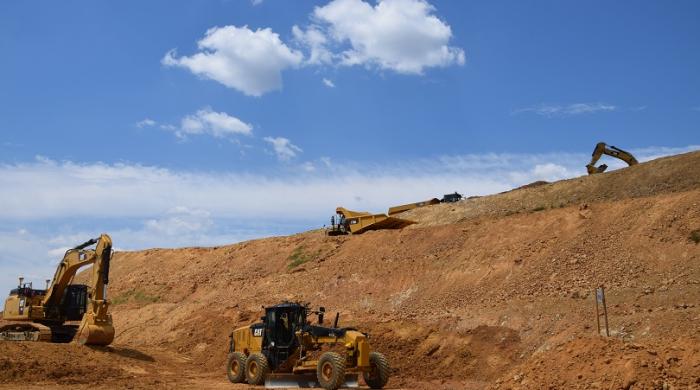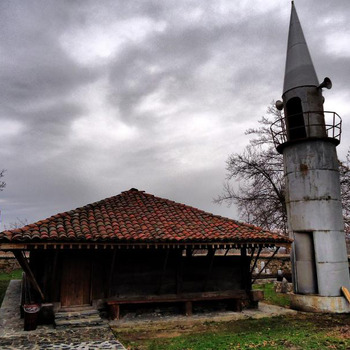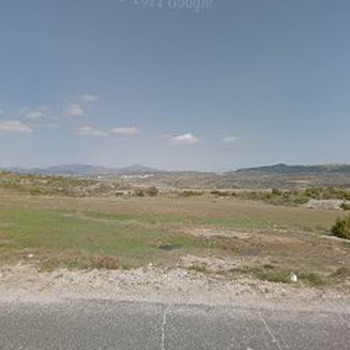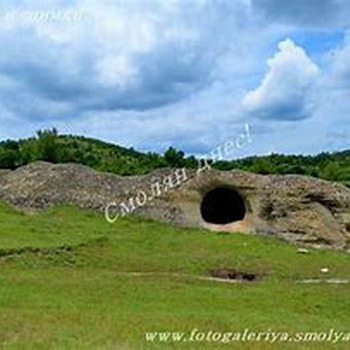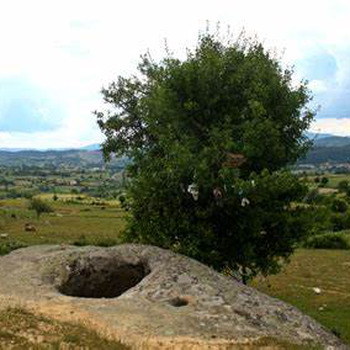Ancient and medieval gold mine
Overview
The mines are known as the Inikler Cave. They are located in the land between the villages of Rani List and Stremtsi. The entrances are visible from above. In the mines you can see very well-preserved galleries of mines for gold mining / III-I century BC. AD / with a total length of 460 m.
Gold mines have been established since antiquity, but were further developed in the Middle Ages. The galleries are cut into several floors and resemble the labyrinth from which their name comes. Until 1980, they were considered a unique Thracian sanctuary or tomb of a powerful Edirne ruler. It was later established that this is one of the largest mines in the ancient world, located only 2 km from Perperikon, to the present-day village of Stremtsi. Today it is possible to enter through the dozen preserved entrances to the now accessible more than 500 m galleries. An entire hill is literally drilled with a dense network of tunnels. In most places in them one moves upright and can easily get lost in the maze of galleries. In the Pleistocene, this was the bed of an underground river with extremely rich sands of native gold. Later it was buried and a uniform rock mass was gradually formed. The work of future prospectors and miners consisted of breaking gravel on this rock and washing it by a nearby river. The open galleries have five entrances and several chimneys. They are pushed into a solid, conglomerate rock. Excavations from discovered ore deposits are also visible on the surface. The removal of the crushed stone mass took place through dozens of vertical artificially drilled chimneys, near which there are holes for lifting mechanisms and reels. At the same time, the chimneys were used to introduce oxygen into the underground horizontal galleries. The broken rock was washed away with special equipment, and the traces of discarded unnecessary gravel are still visible today.
It is no coincidence that the only surviving ancient toponym is the river Perperikon. It turns out that the name Perperikon is interestingly associated with gold mining. Archaeological finds indicate that the mines near the village of Stremtsi were developed in the last centuries of the old era, after which they were abandoned. In the 11th and 13th centuries, gold mining was restored and resumed.
In 1092, the Byzantine emperor Alexius Comnenus carried out an important monetary reform aimed at strengthening the golden unit of the state. A huge amount of gold was found somewhere and a 21.1 / 3 carat coin was soon struck. It also received a new name - "hyperperon" or the well-known "perpera". Today it is not clear where this name comes from. Some believe that it is associated with melting and purifying gold through fire. Emperor Alexius, a famous lover of ancient heritage, often used terms from ancient times, including those associated with cults of pagan deities. The connection between the name of the city and the name of the new golden unit is obvious.
Recommended
- Art Gallery
- Museum of History
- Kardzhali Monastery St. John the Baptist
- The stone wedding
- The Kardzhali pyramids
- Kardzhali Monastery Dormition of the Mother of God


 Bulgarian
Bulgarian Romanian
Romanian